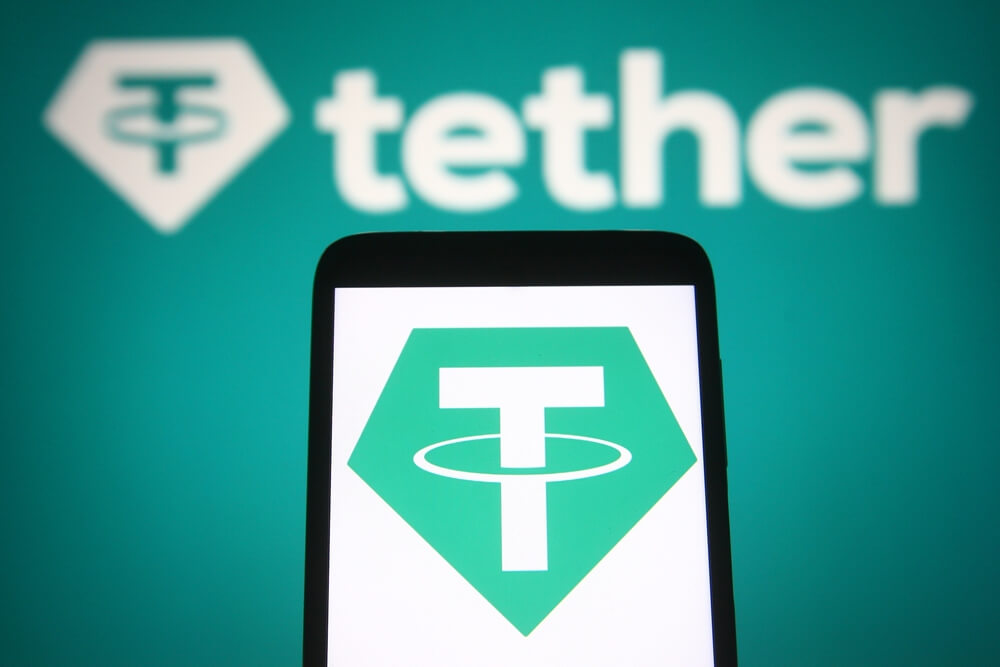Tether, the largest stablecoin by market capitalization, had a pathway to the US banking system by using Signature Bank’s payments platform, Signet.
This allowed its clients to send funds to its Bahamian partner Capital Union Bank. While the arrangement between Tether and Signature would not have been illegal, it could suggest high-risk practices if such information was not disclosed to the investing public.
A Tether spokesperson responded that the company….
“always had access to several banking channels and counterparties,” and associated entities “wouldn’t be affected by either direct or indirect exposure to Signature.”
Signature Bank was shut down by the New York Department of Financial Services in March, along with Paxos, which reported $250 million tied to Signature. Tether’s Chief Technology Officer, Paolo Ardoino, said that the firm had no exposure to the failed bank.
The bank plans to sell its approximately $38 billion worth of deposits and $13 billion in loans to Flagstar Bank, a subsidiary of New York Community Bancorp, and $4 billion in crypto deposits is expected to be returned to users.
In March, FDIC chair Martin Gruenberg revealed at a Senate Banking Committee hearing that Signature had not adequately managed traditional banking risks.
Although Signature had reduced its exposure to digital assets in the wake of the collapse of the FTX exchange, one user has filed a lawsuit alleging that the bank “aided and abetted” fraud facilitated by former FTX CEO Sam Bankman-Fried.
U.S. lawmakers continue to investigate the collapse of the crypto-friendly bank, which was the third in a chain that began with Silvergate and Silicon Valley.
Tether is a stablecoin, which means it is backed by a reserve asset, usually a fiat currency like the US dollar, and is designed to maintain a stable value. Stablecoins have become an increasingly popular tool in the cryptocurrency market, as they provide a stable store of value and can be used for transactions, similar to traditional currencies.
However, there have been concerns about their transparency and potential risks to financial stability. The Tether stablecoin has come under scrutiny in recent years due to questions about the adequacy of its reserve assets and allegations of market manipulation.
The use of stablecoins in the crypto market has also raised concerns among regulators, who worry about their potential impact on the wider financial system.
In a recent report, the Financial Stability Oversight Council (FSOC) warned that the rapid growth of stablecoins poses “significant risks” to financial stability and called for greater regulation of the market.
The report noted that stablecoins could be used as a means of payment, as a store of value, or as a source of liquidity for other cryptocurrencies. However, the lack of regulatory oversight and the potential for market manipulation and fraud are significant concerns.
As the crypto market continues to grow, regulators are grappling with the challenge of balancing innovation with stability and investor protection.
The collapse of Signature Bank and the use of its platform by Tether highlights the risks associated with unregulated financial practices and underscores the need for greater transparency and accountability in the crypto market.
As the market evolves, it will be crucial for regulators and industry participants to work together to develop a regulatory framework that promotes innovation while protecting investors and maintaining financial stability.
Tether Used Signature
In conclusion the use of stablecoins in the cryptocurrency market, such as Tether, has raised concerns about transparency and potential risks to financial stability. It has been found that Tether used signature Bank as an onramp to the US banking system. Since the collapse of Signature regulators have started examining Banks crypto Holdings and may change laws going forward.
